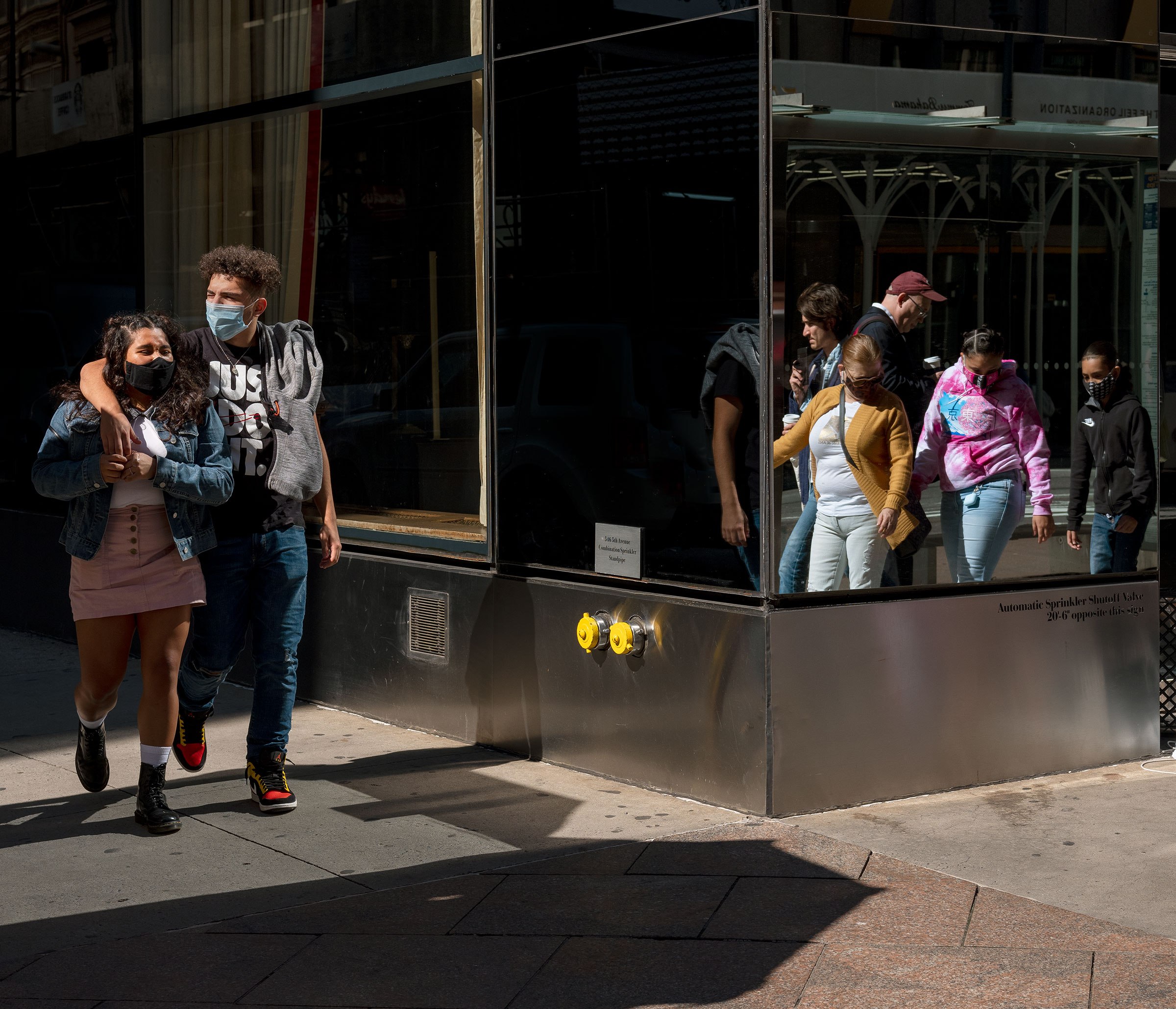-
1 of 13Man standing in one of many mysterious ‘holes’ in the ground in the Snaefellsnes peninsula (home to the volcano that Jules Verne based his novel Journey to the Center of the Earth on). These holes are often several meters in diameter and in depth, creating sunken impressions on the landscape. Iceland, 2011.Sabine Mirlesse
-
2 of 13Mountains in the West Fjords, a spot with a formation known as the elf’s seat. Iceland, 2011.Sabine Mirlesse
-
3 of 13Iceland, 2011.Sabine Mirlesse
-
4 of 13Detail image of canvas with more than thirty facial imprints of Icelanders. Iceland, 2013.Sabine Mirlesse
-
5 of 13Portrait taken just after participant made her face imprint into the canvas. Iceland, 2011.Sabine Mirlesse
-
6 of 13Image from one of the regions the clay was collected from in order to make the imprints. Iceland, 2011.Sabine Mirlesse
-
7 of 13Portrait taken just after participant made his face imprint into the canvas. Iceland, 2011.Sabine Mirlesse
-
8 of 13Netting covering the abandoned excavation space with houses buried below in Heimaey. Iceland, 2011.Sabine Mirlesse
-
9 of 13Portrait taken just after participant made her face imprint into the canvas. Iceland, 2011.Sabine Mirlesse
-
10 of 13Netting covering the abandoned excavation space with houses buried below in Heimaey. Iceland, 2011.Sabine Mirlesse
-
11 of 13Iceland, 2011.Sabine Mirlesse
-
12 of 13Portrait taken just after participant made her face imprint into the canvas. Iceland, 2011.Sabine Mirlesse
-
13 of 13The glacier lagoon not far from where parts of a glacier slide down to the beach in great blue chunks of ice and to be slowly swept out to sea. The glacier pieces are coming off a mountain with a volcano inside. Iceland, 2011.Sabine Mirlesse
When the volcano Eldfell erupted off the southern coast of Iceland on a January morning in 1973, nearly all of 5,000 residents who shared an island with the volcano fled. Much of what they left behind was covered in deep layers of ash and imperiled by lava; many islanders would never return. But some did, in fact, head back to the island, despite the looming threat of the volcano, and they were able to rebuild their towns and their lives.
Forty years later, photographer Sabine Mirlesse was struck by the stories of the towns lost, and later found, beneath the ash. Those tales inspired much of her new book, As if it should have been a quarry.
Mirlesse says she had been drawn to Iceland for some time, influenced by the artist Roni Horn, intrigued by the unique geographical location of the island located above a continental divide and curious about the relationship between the land and its people.
TIME’s Noah Rayman spoke with Mirlesse about Iceland, her work and the intriguing title of her book.
Tell me a little bit about how you came upon this project.
I heard about this place called the Pompeii of the North when I arrived in Iceland, and I was very inspired because, for the most part, people stayed put. They got their garden shovels and dug their houses out of the ash. Not only that, but they stopped the flow of lava and were able to control it in such a way that it did not entirely destroy their harbor. That’s pretty wild. It became this little microcosm of the determination of the human spirit.
I met one of the couples whose home wasn’t salvaged in the end—there’s a portrait of them in the book—and I asked them, if you could get anything from that house had it not been destroyed, what would it be? The woman said, immediately, “Photographs.” She then said something about their whole story being in that ground, buried underneath their feet. That is what part of the work riffs on: stories in the ground. How can [an artist] make a gesture toward unearthing those stories and point to that relationship between landscape and identity?
I don’t think a lot of Icelanders fully admit just how linked they are to their landscape—many of them sort of play it down or consider it cliché, but it naturally permeates everything in so many ways.
What is the meaning of the title, “As if it should have been a quarry”?
The title comes from a line in a poem by Robert Frost called “Directive” that I read in high school. We had to memorize the first ten lines of it. There are different interpretations of the poem, but what I took away from it was a kind of going back to the source. Those first lines kept coming back to me:
There is a house that is no more a house
Upon a farm that is no more a farm
And in a town that is no more a town.
The road there, if you’ll let a guide direct you
Who only has at heart your getting lost,
May seem as if it should have been a quarry.
Sabine Mirlesse’s first book, As if it should have been a quarry, is available here and you can see more of her work here.
Noah Rayman is a reporter at TIME.com.
- How We Chose the TIME100 Most Influential Companies
- Ukrainian Museums Are Racing to Save Artifacts That Tell the Country’s Story
- Back-to-Office Pressure Is Creating a Crisis for Long COVID Patients
- Inside the Capitol Hill Staffers' Effort to Unionize Congress
- Someone Is Killing the Wild Horses of Arizona. One Woman Is Determined to Find Out Who
- 'Is Gaining Knowledge a Sin?' Afghan Girls Contemplate a Future Without Schools After the Taliban Backtracks
- How The Biden Administration Contradicts Itself on Key Immigration Policies
- Why Crypto Scams Are Driving an Online Crime Boom—And How to Outsmart Them


